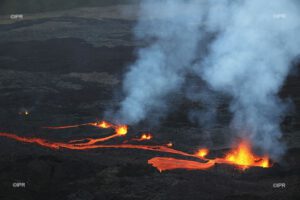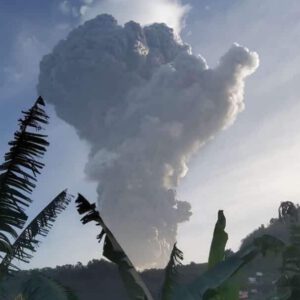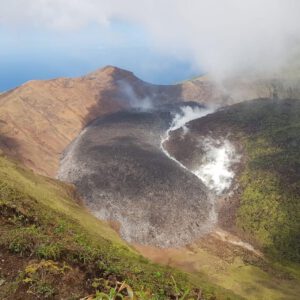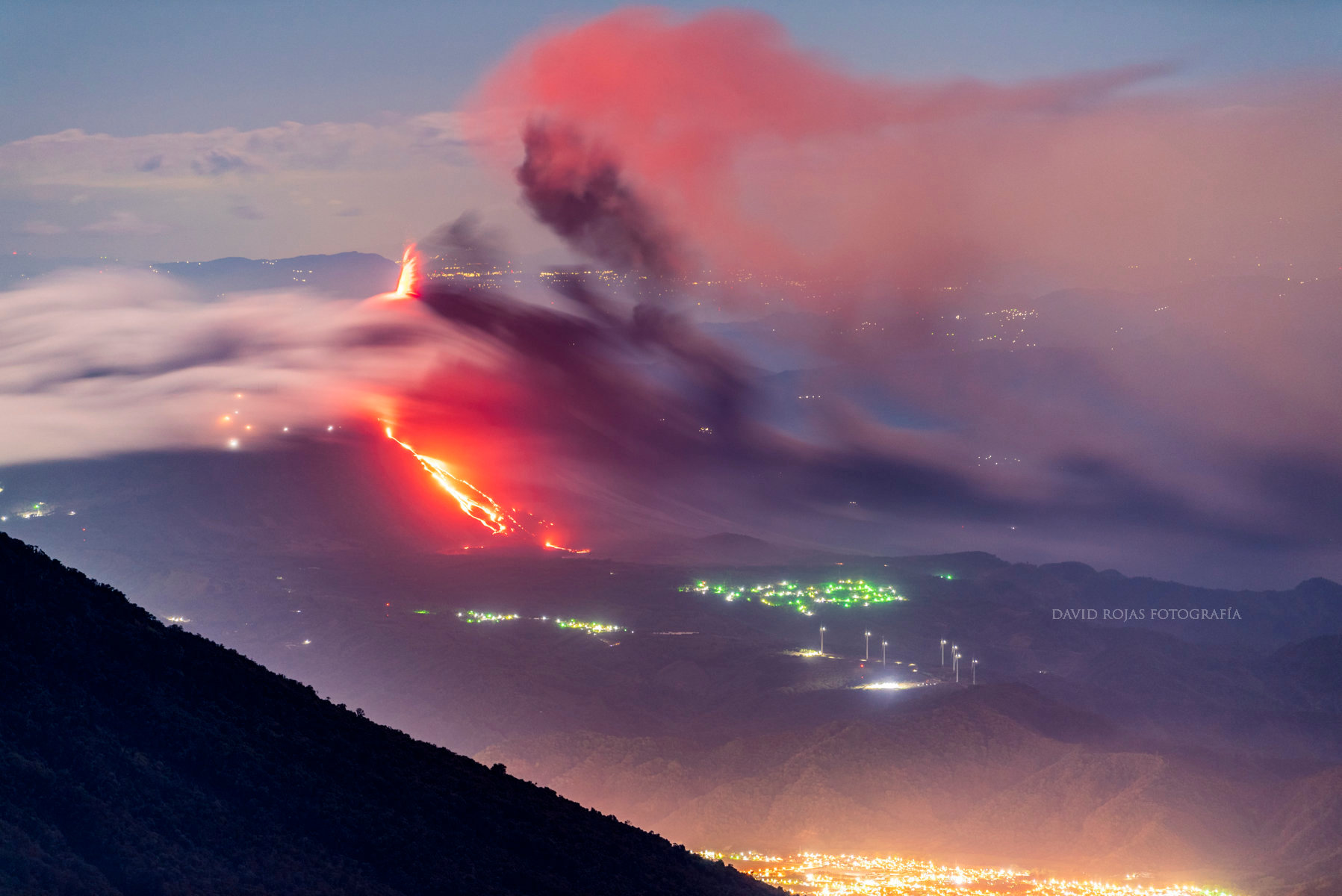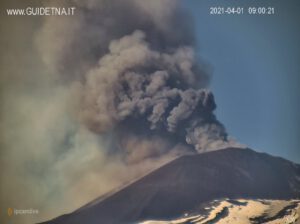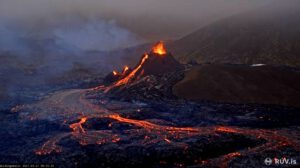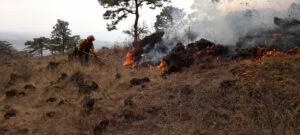Date: 14.04.2021 | Location: 63.903, -22.273 | Eruption: Hawaiian| Link
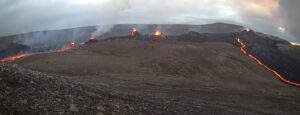 Yesterday, four more vents opened at Fagradalsfjall in Iceland. They manifested themselves in the already known area, between the first two vents and emitted comparatively much lava shortly after their formation, without any reduction of the production rate at the other vents. Thus, 2 lava streams flowed in different directions. In the meantime, the lava output has decreased again. The gas output doubled in the last days.
Yesterday, four more vents opened at Fagradalsfjall in Iceland. They manifested themselves in the already known area, between the first two vents and emitted comparatively much lava shortly after their formation, without any reduction of the production rate at the other vents. Thus, 2 lava streams flowed in different directions. In the meantime, the lava output has decreased again. The gas output doubled in the last days.
A total of 8 short fissures, or vents, have formed so far. On most of them hornitos were formed. More fissures may open above the magmatic vein at any time. GPS measurements show that the lava outflow outweighs the magma inflow from the depths and the area is subsiding.
The question of whether the eruption could develop into an eruption like the Laki eruption keeps popping up on social media. I think this is very unlikely, nevertheless the strength of the eruption can continue to fluctuate and nobody knows yet how long the natural spectacle will last. Comparable eruptions sometimes lasted for years.
